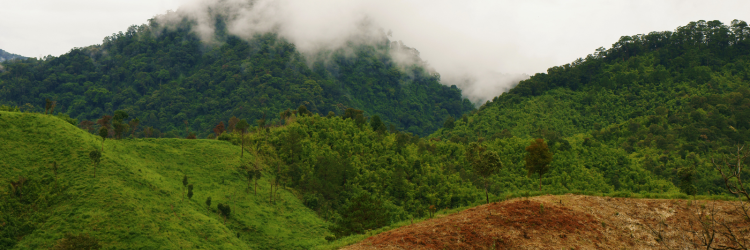Efforts to slow climate change have for years focused on keeping global temperatures from rising more than 1.5°C above pre-industrial levels by 2050. But the World Meteorological Organization reported last week that there is a 66% chance we will exceed that 1.5°C limit in the next five years -- a quarter of a century before the date specified in the Paris Accords that went into effect just seven years ago.
The report shows that climate change isn't just a future problem. It's a now problem, posing major risks for insurers -- but also creating opportunities to better serve clients wrestling with a massive disruption.
The WMO report doesn't predict that global temperatures will permanently exceed that 1.5°C mark just yet. It says the gradual increase in temperatures caused by greenhouse gases will be exacerbated by an El Niño event that is expected to warm waters in the Pacific Ocean starting this summer, following an unusually long La Niña that had cooled waters there but that ended in March. Temperatures should, thus, subside a bit whenever the El Niño ends and a La Niña begins again.
The report does say there is a 98% chance that at least one of the next five years will be the hottest on record and a 98% likelihood that the five-year period, as a whole, will be the hottest ever. The report adds that there is a 32% chance that the mean temperature for the next five years will surpass that 1.5°C threshold.
We've already seen how climate change has increased the destructiveness of hurricanes in the Atlantic Ocean, such as last year's Hurricane Ian, which drew on especially warm waters in the Gulf of Mexico and intensified right before landfall. It caused more than $100 billion of losses ($60 billion insured) and was the third most destructive weather event on record. Warm waters in the Atlantic likewise fed a supercell that hit Fort Lauderdale last month. While a thunderstorm normally burns itself out after 20 minutes or so, the abundant energy from the water kept this one going for six to eight hours, dumping 25 inches of rain on the city.
An unusually active tornado season thus far this year in the U.S. also appears to be tied to the hotter temperatures, as are the wildfires that are bedeviling many Western states.
Just this week, Reuters reported that "farmers in Kansas, the biggest U.S. producer of wheat used to make bread, are abandoning their crops after a severe drought and damaging cold ravaged farms. They are intentionally spraying wheat fields with crop-killing chemicals and claiming insurance payouts more than normal, betting the grain is not worth harvesting."
So, there are perils aplenty for insurers to watch out for.
But there are also plenty of opportunities to serve clients better through services that help them identify and reduce climate-related risks. ("A New Approach to Property Resilience," published last week, offers some thoughts on how to get started.
In addition, for insurers that develop expertise in underwriting clean energy projects, the number of new opportunities is massive. Based on the Biden administration climate bill passed last August, companies have already announced more than $150 billion of projects that take advantage of tax credits, and hundreds of billions of dollars of additional projects are expected. The climate bill (officially, the Inflation Reduction Act) also increased the lending power for the Department of Energy by a factor of 10. It now has $400 billion that it can allocate for clean energy projects.
Many of those projects will fail, or at least won't live up to their grand promise. (I was at the Department of Energy, working on a project, when Solyndra began falling apart in 2010 after receiving a $535 million loan guarantee that became a huge political issue. The memories are still vivid.) But the track record of DOE loans and guarantees is quite good -- Solyndra, notwithstanding -- and suggests that many of the subsidized projects will become thriving businesses that will need insurance coverage for years to come.
Here's hoping their efforts kick in in time to head off the worst effects of the truly scary trend that the WMO report identifies.
Cheers,
Paul


